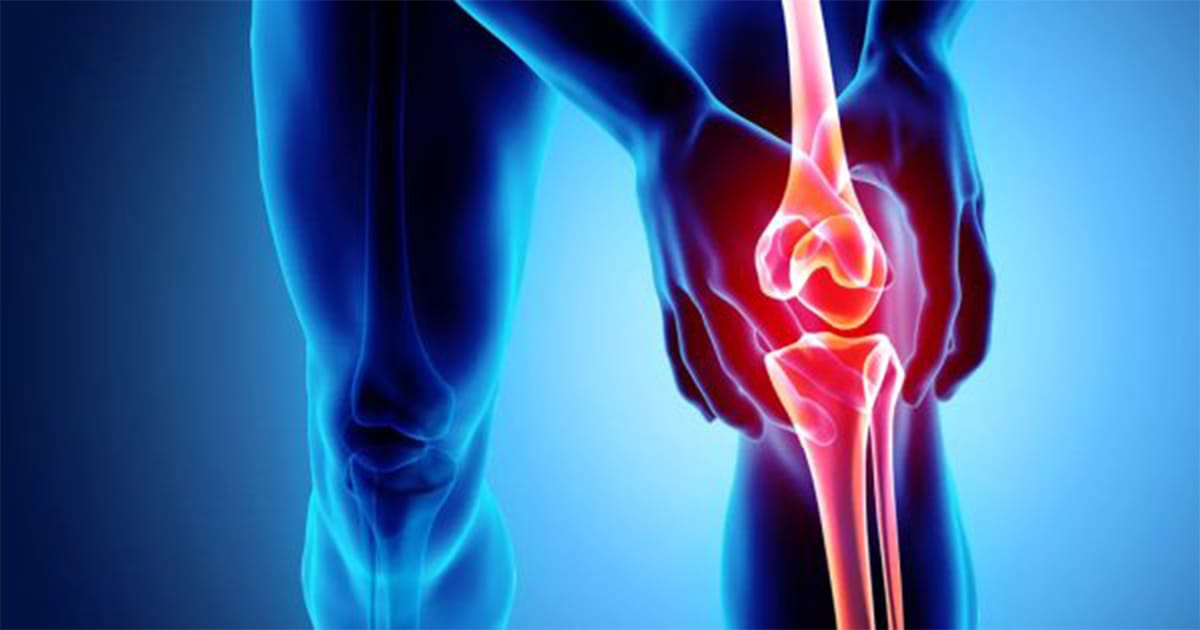Arthrosamid is the 2.5% polyacrylamide hydrogel developed as a long-acting intra-articular injection for the treatment of osteoarthritis in humans. Arthrosamid® is a new type of treatment for knee osteoarthritis that offers patients an effective alternative to current therapies. It is a non-biodegradable hydrogel that is injected into the knee to cushion the joint and relieve pain.
Development of Arthrosamid commenced after the generation of impressive clinical data with Arthramid Vet in the treatment of lameness in horses. Arthrosamid has the same effect of thickening the synovial membrane, thereby providing increased cushioning and other therapeutic benefits to human patients with osteoarthritis. Patients benefit from both pain relief and improved mobility. Arthrosamid has been used in the treatment of more than 200 patients in numerous joints and Arthrosamid is now registered for use in humans in Europe.
Abstract: Published: Clin Exp Rheumatol. 2018 Nov-Dec;36(6):1082-1085. Epub 2018 Jul 18.
Intra-articular 2.5% polyacrylamide hydrogel for the treatment of knee osteoarthritis: an observational proof-of-concept cohort study.
Henriksen M, Overgaard A, Hartkopp A, Bliddal H.
Objectives:
There is a drought of effective treatments of knee osteoarthritis (OA) and new therapies are needed. This study has been conducted to establish an initial estimate of effectiveness of intra-articular (IA) injection of 2.5% cross-linked polyacrylamide hydrogel (PAAG) for the treatment of knee OA symptoms and signs.
Methods:
Patients with knee OA were invited into a prospective open-label cohort study. The patients received up to two IA injections of 3 ml of iPAAG 1 month apart. The WOMAC questionnaire was used to estimate effectiveness, and was collected at baseline and after 4, 7 and 13 months. Primary outcome was change from baseline for the WOMAC pain subscale after 4 months (Normalised to 0-100 points; 100 worst). Data was analysed using a mixed-effect model without imputation of missing data.
Results:
84 patients (48 females) received IA iPAAG. Of these WOMAC data were available from 62 after 4 months, 59 after 7 months, and 56 after 13 months. There were statistically and clinically significant reductions in WOMAC pain after 4 months (mean change -14.6 points [95% CI: -18.9 to -10.2]; p<.0001). Similar results were found in WOMAC stiffness, physical function, and WOMAC total. The improvement was sustained throughout the observation period.
Conclusions:
These results suggest beneficial effects of IA injection of iPAAG on knee OA symptoms, even in the long term (1 year). This initial estimation of effectiveness is promising but needs to be confirmed in a randomised study with adequate measures taken to reduce risk of bias.


